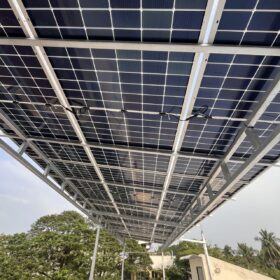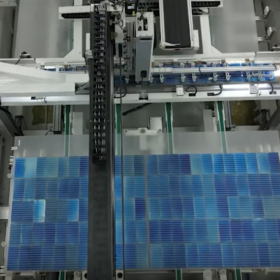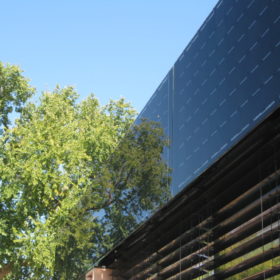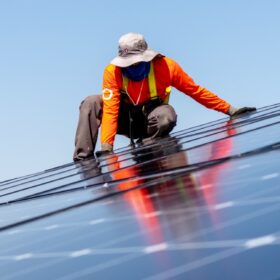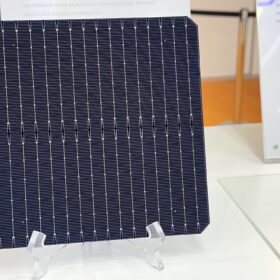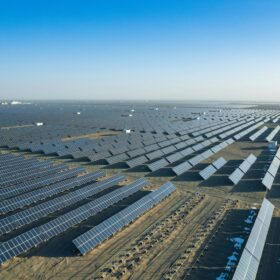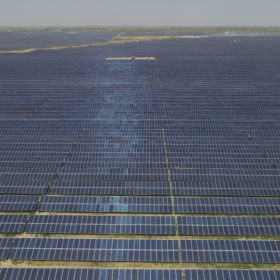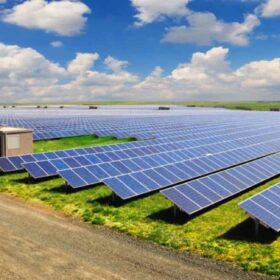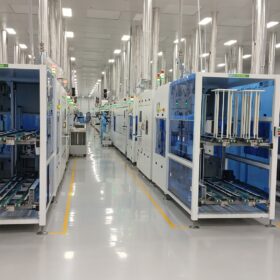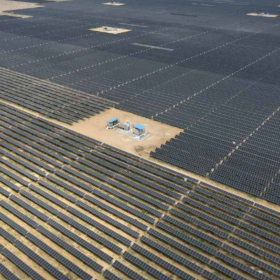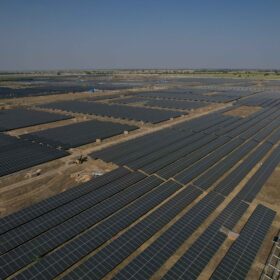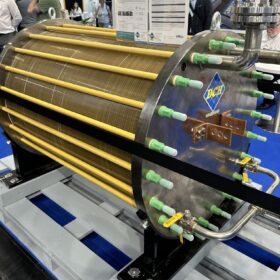PM Surya Ghar Muft Bijli Yojana crosses 10 lakh installation milestone
PM Surya Ghar: Muft Bijli Yojana (PMSGMBY), the world’s largest domestic rooftop solar initiative, has achieved a historic milestone with 10 lakh homes now solar-powered as of 10th March 2025.
Swelect secures order for 150 MW of TOPCon solar modules
The company has also unlocked INR 260 crore to reinvest for 1 GW of solar power assets by 2026-27.
Turning climate commitments into competitive advantages: How businesses can benefit from sustainability
The best businesses aren’t just adapting to the changing landscape; they’re leveraging sustainability to drive innovation, reduce costs, and build stronger relationships with their customers and stakeholders. Business leaders are turning sustainability into a growth driver rather than a cost center by adopting the right practices.
Successful solar companies sell more than solar
The move toward electrifying everything is a business opportunity, and many residential solar companies have been creative in adding solar to places other than home rooftops
Solar cells using imported blue wafers will not qualify as domestically manufactured
India’s Ministry of New and Renewable Energy (MNRE) has clarified that solar cells manufactured using imported diffused silicon wafer (generally called ‘blue wafer’) shall not qualify for MNRE schemes and programmes that mandate use of domestically manufactured solar PV cells.
India added 6.9 GW of C&I offsite solar in 2024, up 77% YoY
India’s cumulative installed open access (offsite commercial and industrial) solar capacity reached 20.2 GW as of Dec. 31 2024 with a record annual addition of 6.9 GW in 2024
CERC adopts tariff for SECI’s 1.2 GW ISTS-connected solar PV power projects with energy storage systems
The tariff adoption by Central Electricity Regulatory Commission (CERC) is a critical regulatory requirement under the Electricity Act and power purchase agreements. It provides regulatory certainty to the entire bidding process and ensures the sanctity of the discovered tariff, paving the way for the successful bidders to proceed with project execution and financial closure.
Avaada starts building 5 GW TOPCon solar cell, module factory in Uttar Pradesh
Avaada Electro, manufacturing arm of Avaada Group, has started building its integrated facility for 5 GW of TOPCon solar cells and modules in Greater Noida. It also opened a 1.5 GW module fab in Noida.
Coal miner SCCL signs 1.5 GW solar MoU with RVUNL
State-owned coal miner Singareni Collieries Co. Ltd (SCCL) will develop a 1.5 GW solar park in Rajasthan through a joint venture with state power utility Rajya Vidyut Utpadan Nigam Ltd (RVUNL).
Solar manufacturing in India: Paving the way for a self-reliant renewable future
As India advances toward its Vision 2047 goals, solar module and cell manufacturing must be at the heart of the renewable energy strategy. While policy interventions like ALMM and production-linked incentives have laid a strong foundation, the next phase requires intensifying domestic raw material manufacturing and supply chains, scaling solar cell production with novel technologies, developing a skilled workforce to support advanced manufacturing, and elevating export competitiveness through quality certifications and trade agreements.
